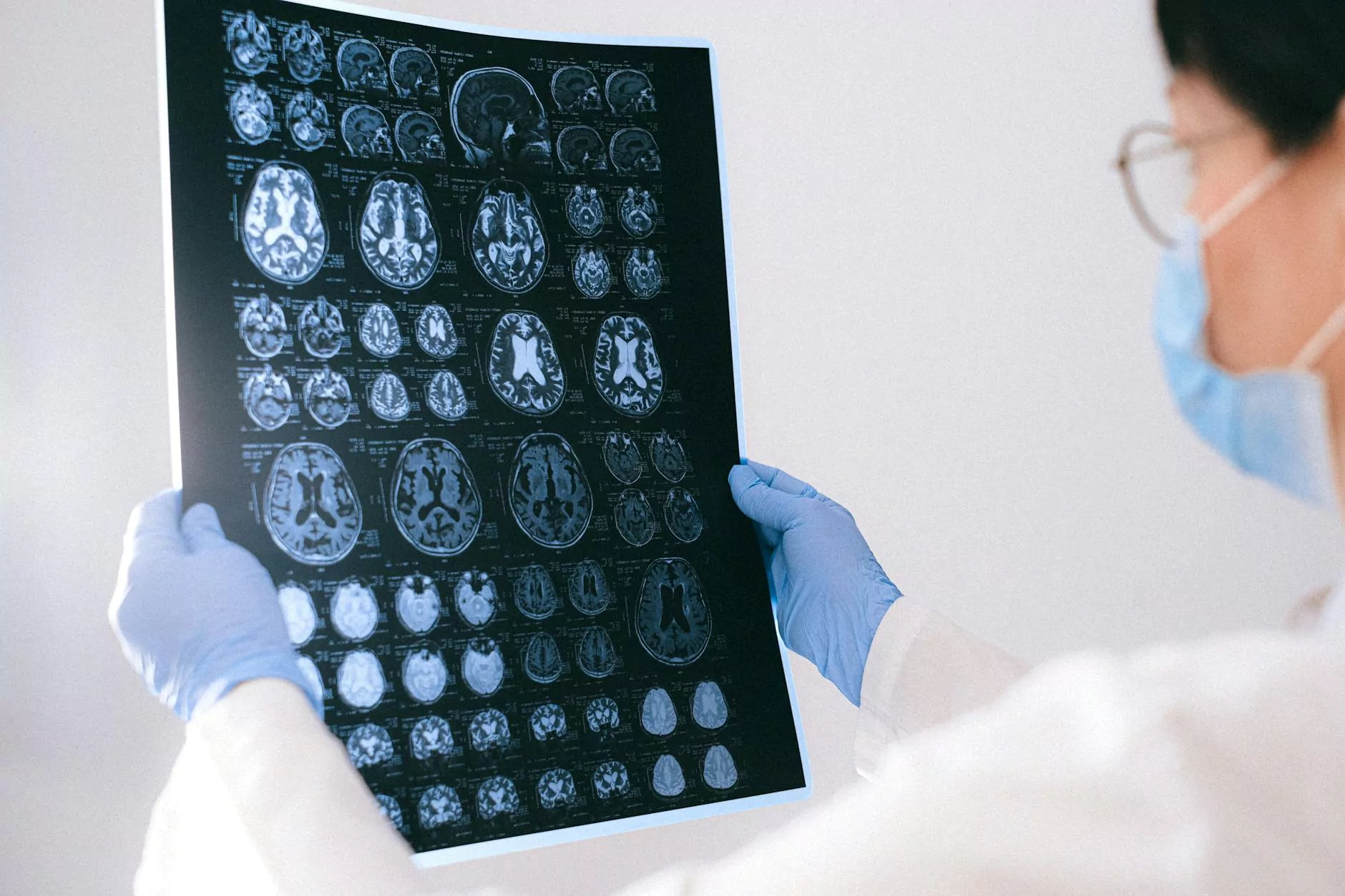Understanding Blood Clot Leg Pain: Causes, Symptoms, and Solutions

In the realm of vascular health, one of the most concerning issues that can arise is blood clot leg pain. This condition, often a symptom of serious underlying issues, can have wide-ranging implications for health and mobility. This article delves into the intricacies of our understanding of this condition, offering insights that can help individuals recognize symptoms, understand causes, and explore treatment options.
What Is Blood Clot Leg Pain?
Blood clot leg pain occurs when there is a clot that obstructs the flow of blood in the veins of the leg, often creating discomfort, swelling, and possible complications if left unaddressed. The most common type of blood clot that affects the leg is known as a deep vein thrombosis (DVT).
Causes of Blood Clots in the Legs
Understanding the causes behind blood clot leg pain is essential for prevention and timely treatment. Several factors can contribute to the formation of clots, including:
- Prolonged Immobility: Long hours of sitting or lying down (such as on long flights) can slow blood flow and promote clot formation.
- Injury to Blood Vessels: Trauma or surgery can damage blood vessels, increasing the risk of clotting.
- Medical Conditions: Conditions such as cancer, heart disease, or certain autoimmune disorders can predispose individuals to clots.
- Genetic Factors: Some individuals are genetically predisposed to clotting disorders.
- Hormonal Factors: Birth control pills and hormone replacement therapy may elevate the risk of DVT.
Recognizing Symptoms of Blood Clot Leg Pain
Being able to recognize the symptoms of blood clot leg pain is vital for early detection and treatment. Common symptoms include:
- Pain or Tenderness: Often starts in the calf; can feel like cramping or soreness.
- Swelling: Usually occurs in one leg, causing it to appear larger than the other.
- Increased warmth: The area around the clot may feel warmer to the touch compared to surrounding skin.
- Skin Color Changes: The affected leg may appear red or have a bluish tint.
Diagnosis of Blood Clots
If you suspect you have blood clot leg pain, it’s crucial to consult a healthcare professional. Diagnostic methods typically include:
- Ultrasound: A non-invasive test that uses sound waves to visualize blood flow in the veins.
- D-dimer Test: Measures the presence of a substance that is released when a blood clot dissolves.
- Venography: An X-ray test that involves injecting a contrast dye into a large vein to visualize clots.
Treatment Options for Blood Clots
Upon diagnosis, there are several treatment pathways that may be considered for managing blood clot leg pain:
- Anticoagulant Medications: These "blood thinners" help prevent further clotting and allow your body to dissolve existing clots.
- Thrombolytics: For serious clots, these medications can dissolve clots quickly but come with higher risks.
- Compression Stockings: These help reduce swelling and prevent further clotting.
- Lifestyle Changes: Increasing movement, maintaining a healthy weight, and staying hydrated are key preventive strategies.
Preventing Blood Clots
Prevention is always better than cure. To mitigate the risks associated with blood clot leg pain, consider the following approaches:
- Stay Active: Regular physical activity enhances circulation, helping reduce the risk of clots.
- Avoid Prolonged Immobility: Get up and move around if you are sitting for extended periods.
- Wear Compression Garments: These can promote better blood flow in at-risk individuals.
- Hydrate: Keeping hydrated ensures more fluid blood flow and can help prevent clotting.
When to Seek Medical Help
If you're experiencing symptoms of blood clot leg pain, especially if they are severe, it’s important to seek medical attention promptly. Early intervention can lead to better outcomes and prevent serious complications like pulmonary embolism, where a clot breaks loose and travels to the lungs.
The Role of Truffles Vein Specialists
At Truffles Vein Specialists, our team of dedicated professionals is committed to providing cutting-edge treatment and comprehensive care for conditions associated with vascular health. We understand the importance of quick diagnosis, effective treatments, and preventive strategies when addressing issues like blood clot leg pain.
Why Choose Us?
- Expertise: Our doctors specialize in vascular medicine and possess extensive experience in managing blood clot disorders.
- Personalized Care: We believe in tailored treatment plans that consider each patient’s unique needs and medical history.
- State-of-the-Art Facilities: We utilize the latest technology and methodologies to ensure the highest quality of care.
Conclusion
Understanding blood clot leg pain is crucial for effective management and prevention. Through awareness of the causes, symptoms, and treatment options, individuals can take proactive steps to safeguard their vascular health. If you or someone you know is experiencing related symptoms, reach out to the experts at Truffles Vein Specialists to ensure you get the best possible care. Your health is worth it!









